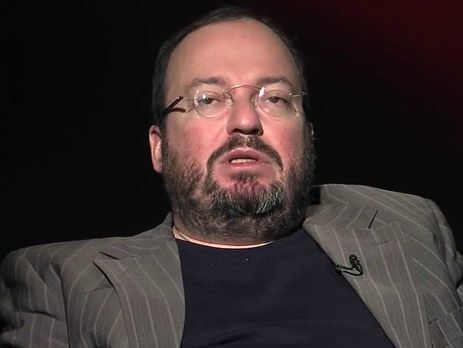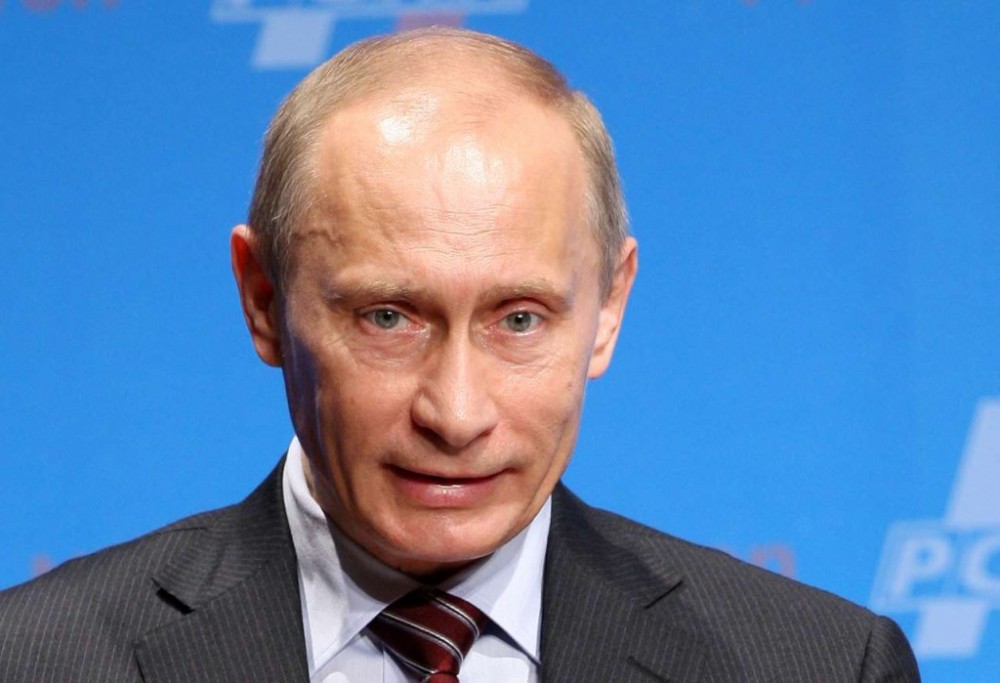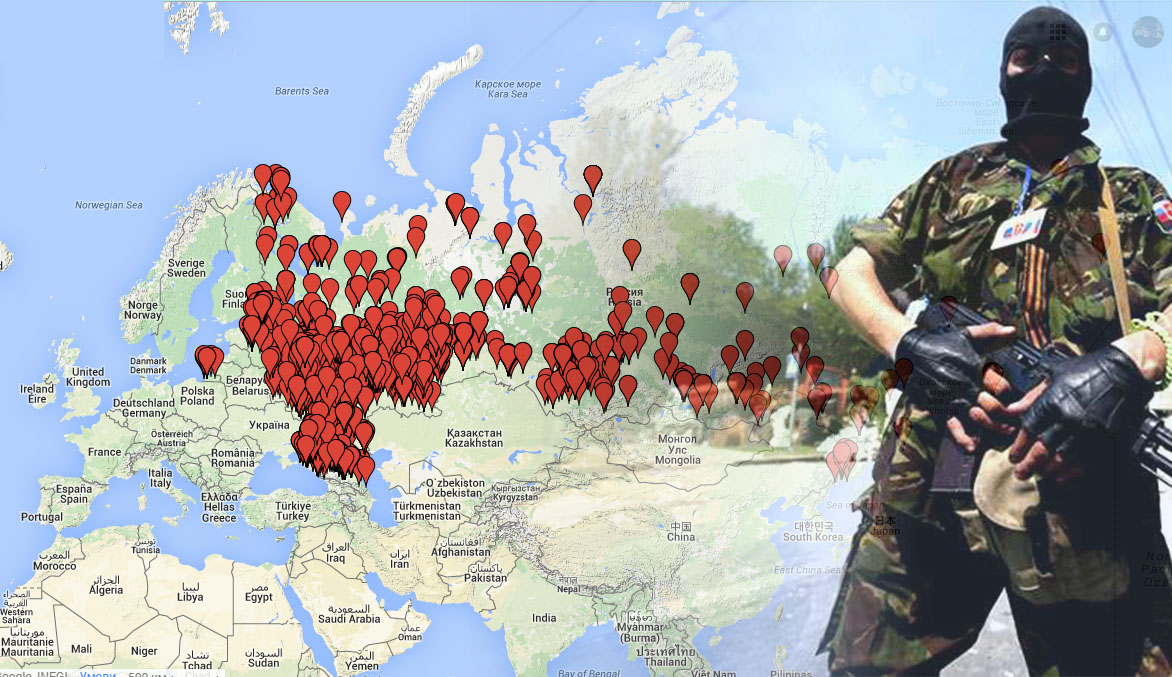
(Image: nv.ua)

(Image: gordonua.com)
According to Belkovsky, “Ukraine is for Putin ‘only an instrument to force the US into negotiations about the fate of the world’” and not just about lifting sanctions. So far he has not succeeded, but his latest military moves around Ukraine are an indication that he has not ceased trying and even that he thinks the timing is especially propitious. The reason Putin thinks that he has a particularly good chance to influence Obama now, the Russian commentator says, is that the American president “is extremely interested in the victory of Hillary Clinton. If a war in Ukraine begins,” he argues, “this will have a negative impact on Clinton’s chances and the chances of Donald Trump for victory will grow.”Putin’s “tactics are clear: the more problems you create for your opposite number before negotiations, the greater the chances that he will agree because he will want to escape from these problems. Before the [G-20] summit, it is useful to create a foundation for pressure and to fright everyone with the notion that Russian forces are about to attack Ukraine.”

Trending Now
He concludes that he believes it would be a very good thing for Ukrainian President Petro Poroshenko to tell Putin that he has no hope of achieving his aims. Poroshenko's rhetoric has become tougher in recent weeks, and Putin should hear directly from him that “Ukraine will never change its constitution or destroy its state” as the Kremlin leader wants because after all “Moscow doesn't need the Donbas or Crimea but rather all Ukraine.”“Moscow isn't prepared” for a real war. That would be “insane.” But threats and bluffs of one often have worked on Western leaders and diplomats in the past, and so it is no surprise that Putin is using them again.

(Image: nfront.org.ua)
In his view, the Russians are “trying to show a certain contrast: now is a cessation of fighting but if need be, everything can be changed” and changed very quickly because there are a lot of Russian soldiers and Russian weapons in or near Ukraine and they haven’t been pulled back at all.
Related:
- Three more danger signs regarding Putin's intentions in Ukraine
- The Russian army mobilizes in all directions
- Post-Soviet Russian empire entering 'second phase' of disintegration, Lukyanenko says
- Ukrainian intelligence: Russian air defense brigade in Donbas - harbinger of offensive campaign





